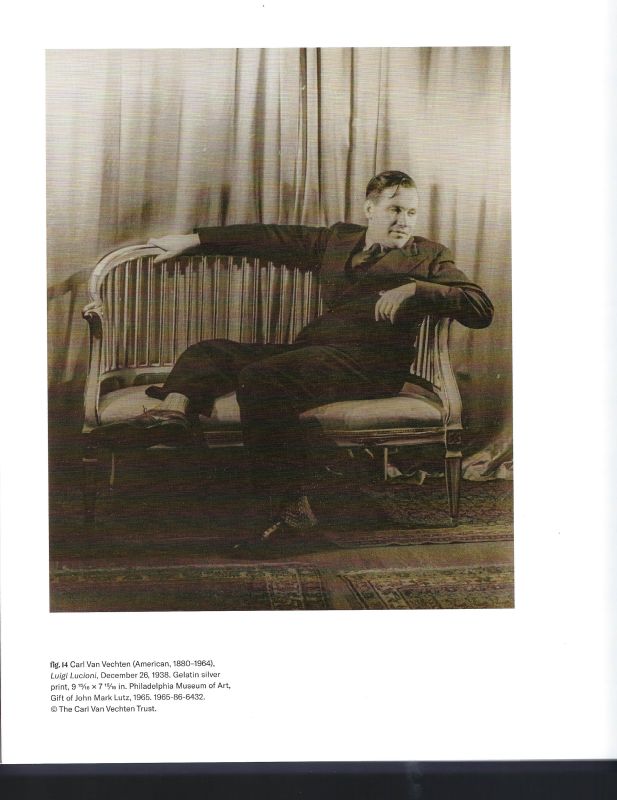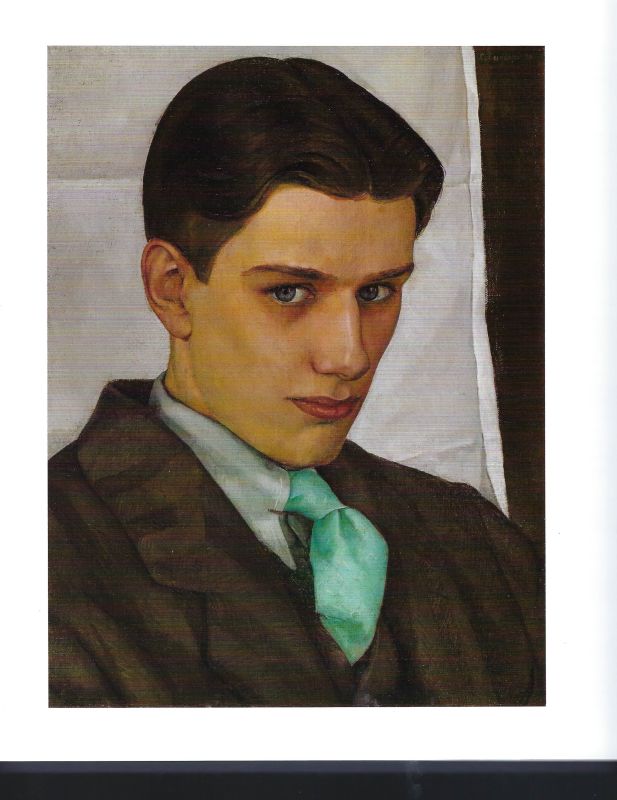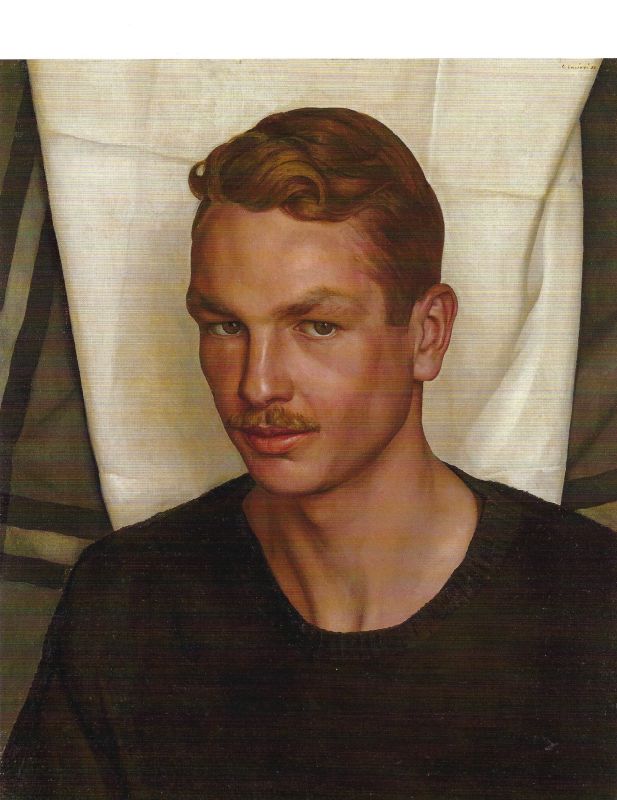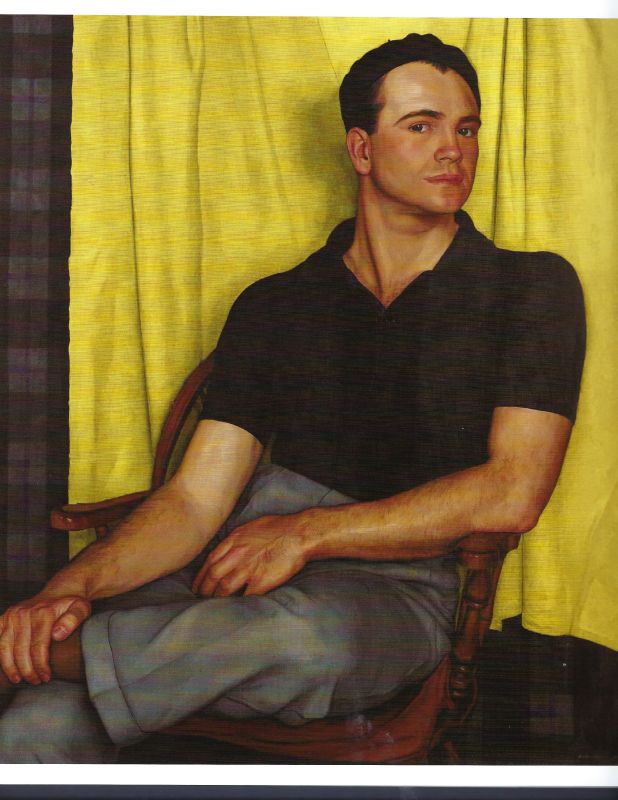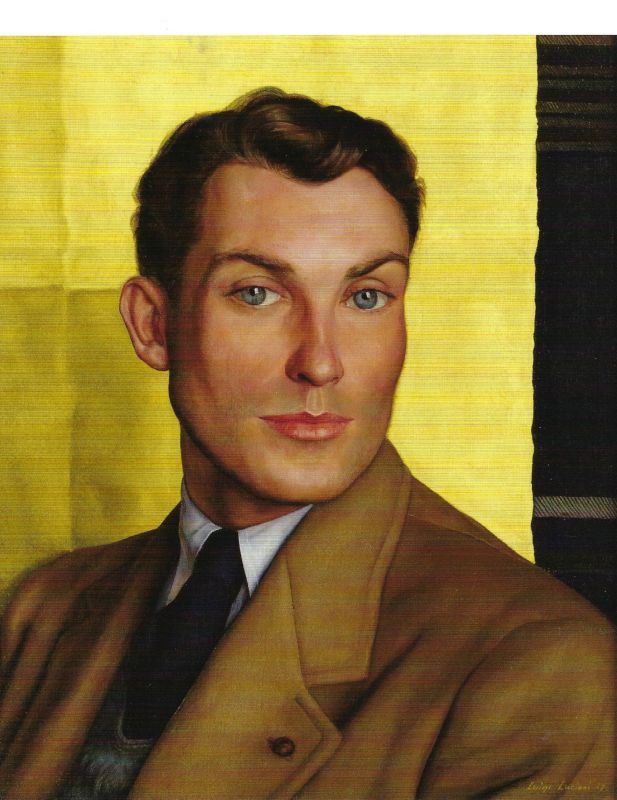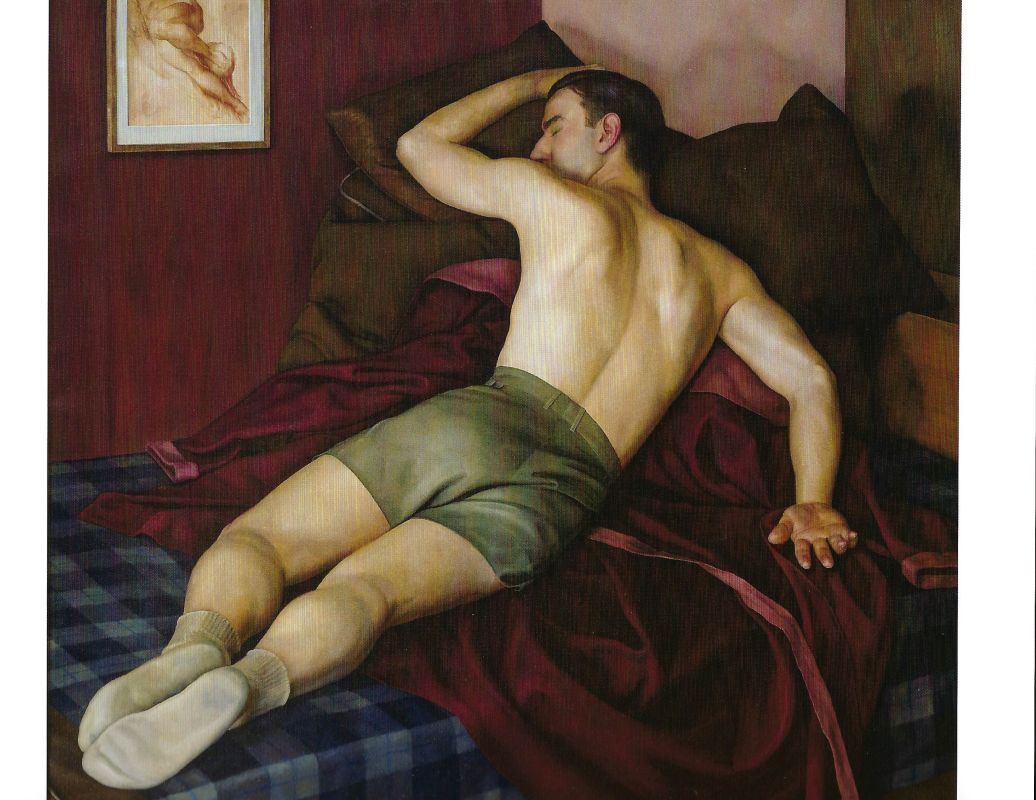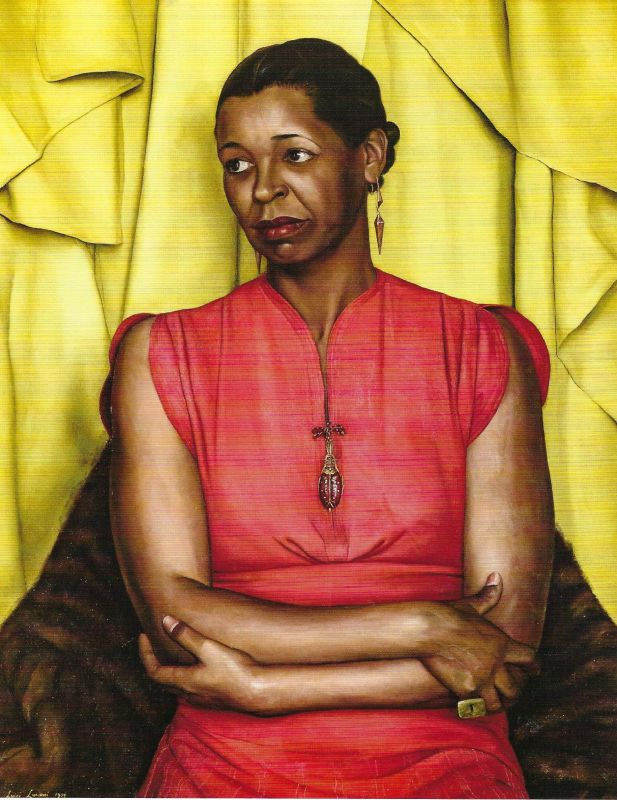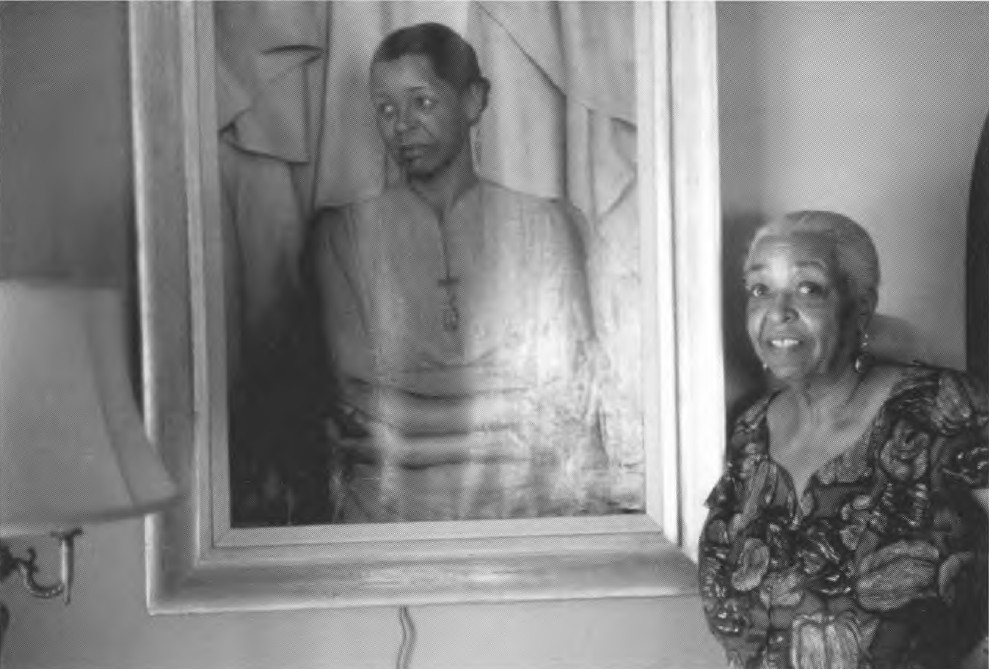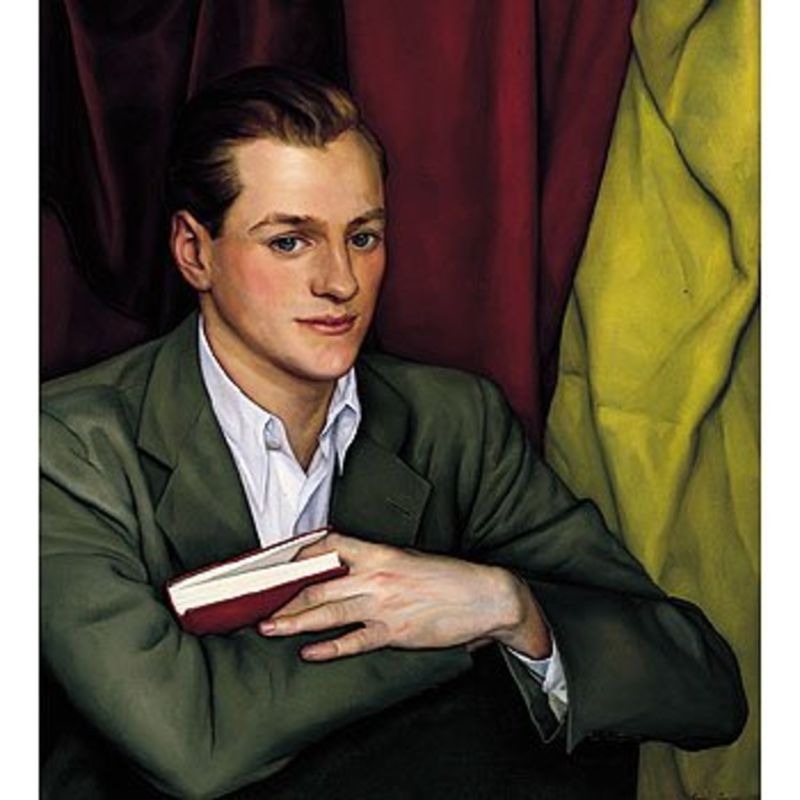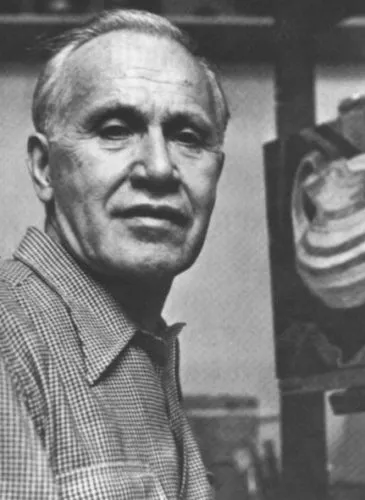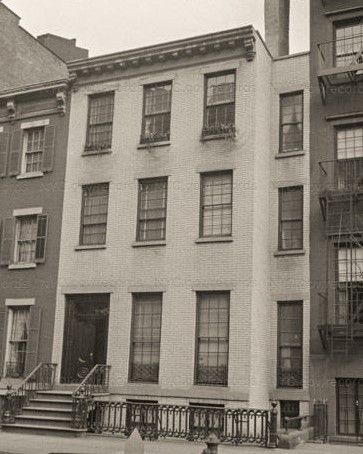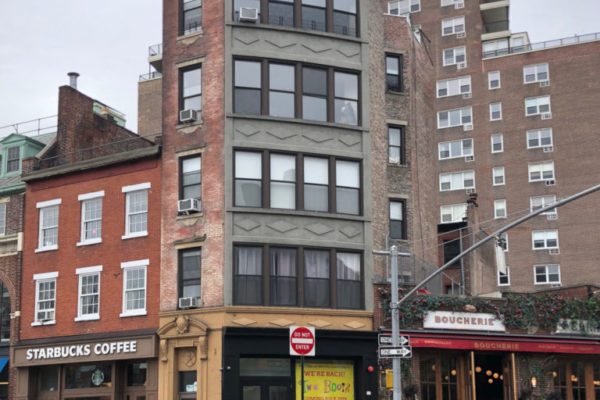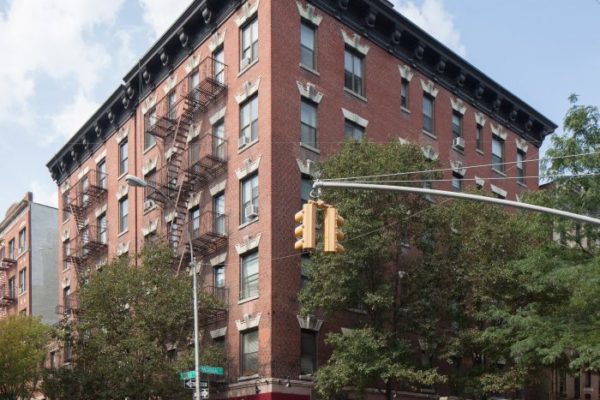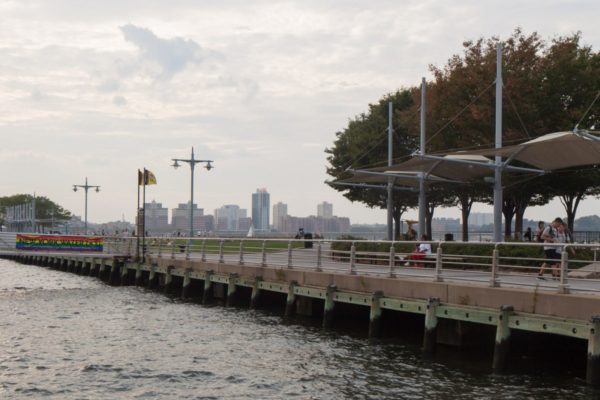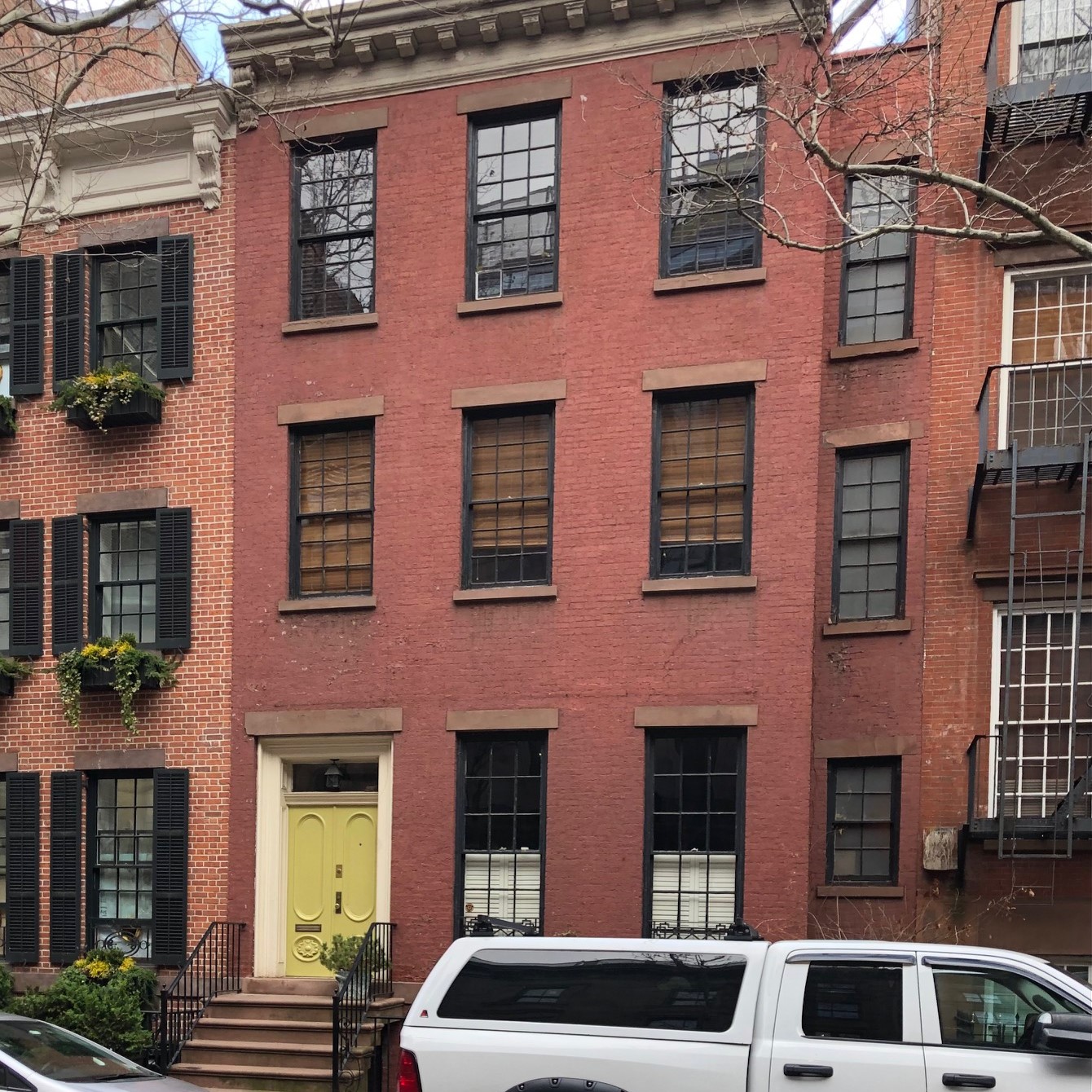
Luigi Lucioni Residence & Studio
overview
Luigi Lucioni was an Italian immigrant artist who painted a series of erotically charged but coded portraits of gay men in the late 1920s through early 1940s.
He lived and worked in this Greenwich Village rowhouse from 1945 until his death in 1988.
On the Map
VIEW The Full MapHistory
Luigi Lucioni (1900-1988) was a self-described “super realist” artist, most closely associated with the landscapes of Vermont. However, he was also part of a world of gay artists and writers, several of whose portraits he painted in the 1930s. Lucioni was born in northern Italy, close to the Swiss border, emigrating to the United States in 1911, where his family settled in New Jersey. He studied art at Cooper Union and at the National Academy of Design and in 1926 won a Louis Comfort Tiffany Foundation scholarship that permitted study at Tiffany’s Laurelton Hall estate in Oyster Bay, Long Island.
Lucioni’s first studio in New York was at 64 Washington Square South (demolished), where he worked while continuing to live with his family in Union City, New Jersey. In 1945, he and his two sisters moved into the rowhouse that they purchased at 33 West 10th Street. He retained his winter New York residence and studio in this building until his death, moving to a house in Manchester, Vermont, in the summer.
During his Tiffany Fellowship, Lucioni apparently roomed with fellow resident Paul Cadmus, who became a close friend. Although art historian David Brody notes that Lucioni “never embraced his sexuality in a public manner,” he became part of the gay artistic world in New York City that included Cadmus and his partner Jared French and writer and critic Carl Van Vechten, with whom he may have had an affair.
Beginning in the late 1920s, Lucioni painted a series of spare and precise portraits that both show the influence of 15th-century, early Italian Renaissance art on his work, and can also be appreciated for their coded homoerotic character. In 1928, Lucioni completed a portrait of Cadmus that shows the handsome young artist with carefully coifed hair, plucked eyebrows, and rouged lips, and a dark suit and green tie, all references that a knowledgeable viewer would have associated with homosexuality.
While the overt representation of Cadmus’s body has been hidden, Lucioni’s portrait speaks to a type of gay coding that appeared in portraiture during this period.
In 1930, Lucioni painted a portrait of French, accentuating his manly and handsome facial features, and his lowcut crew-neck sweater revealing a prominent Adam’s apple and collarbones.
Other coded, yet erotically charged portraits followed, culminating in his 1938 painting Resting Athlete (Amateur Resting), which shows a rear view of a muscular, shirtless athlete wearing tight green shorts that accentuate his buttocks. In 1939, Lucioni painted one of his masterpieces, a portrait of the great Black singer and actor Ethel Waters; they had been introduced by Van Vechten, a major proponent of the Harlem Renaissance. By the early 1940s, Lucioni had stopped painting portraits, focusing almost exclusively on highly detailed Vermont landscapes.
Entry by Andrew S. Dolkart, project director (December 2022).
NOTE: Names above in bold indicate LGBT people.
Building Information
- Architect or Builder: unknown
- Year Built: 1832
Sources
David Brody, “Coded Portraits: Lucioni’s Queer Circle,” in Katie Wood Kirchhoff, ed., Luigi Lucioni: Modern Light (Shelburne, Vermont: Shelbourne Museum and Rizzoli/Electra), 2022.
Stuart P. Embury, The Art and Life of Luigi Lucioni: A Contribution Towards a Catalogue Raisonné, privately printed, 2006.
Do you have more information about this site?
This project is enriched by your participation! Do you have your own images of this site? Or a story to share? Would you like to suggest a different historic site?
